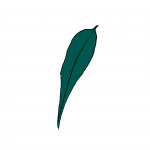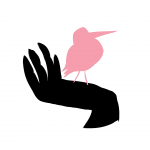For the purposes of this report, On-ground Volunteering refers to ‘landcare-type’ volunteering – that is, people working out on the land to protect and enhance natural and semi-natural landscapes. The aims of this volunteering work generally focus on ecological outcomes such as increasing numbers of native species, restoring habitats, and removing introduced species that can upset the balance of natural ecosystems. In the ACT, this includes ParkCare, Landcare, ‘friends of’ and similar groups. The ACT has over 70 of these groups, with more forming every year. The majority of groups work within a particular geographic area such as a local park or reserve. Types of work undertaken by these groups often include:
- planting
- weeding
- seed collection and plant propagation
- mapping, controlling and removing weeds
- track and trail maintenance
- rehabilitation
- bushfire management
- erosion control

Programs and Organisations
There are so many opportunities out there catering to all kinds of skills and interests. Click on the icons below for a comprehensive list of all the volunteer groups working in the ACT.
For more information on how to get involved in these groups, head HERE
Catchment Groups
The three catchment groups in the ACT region are community-based not-for-profits which operate in a similar way to Landcare networks elsewhere, providing support, connections and advocacy for on-ground groups like ParkCare and Landcare. They work in partnership with many different NGOs, rural landholders and government agencies, to deliver environmental projects, and are also involved in citizen science through employing the community Waterwatch Coordinators.
The catchment groups use their strong local networks to help facilitate projects across different groups’ work areas, link up volunteers with rural landholders, and respond to skill or knowledge gaps identified by their member groups by organising training and workshops. The catchment groups are repositories of local environmental knowledge and expertise through their volunteer networks, including their management committees.
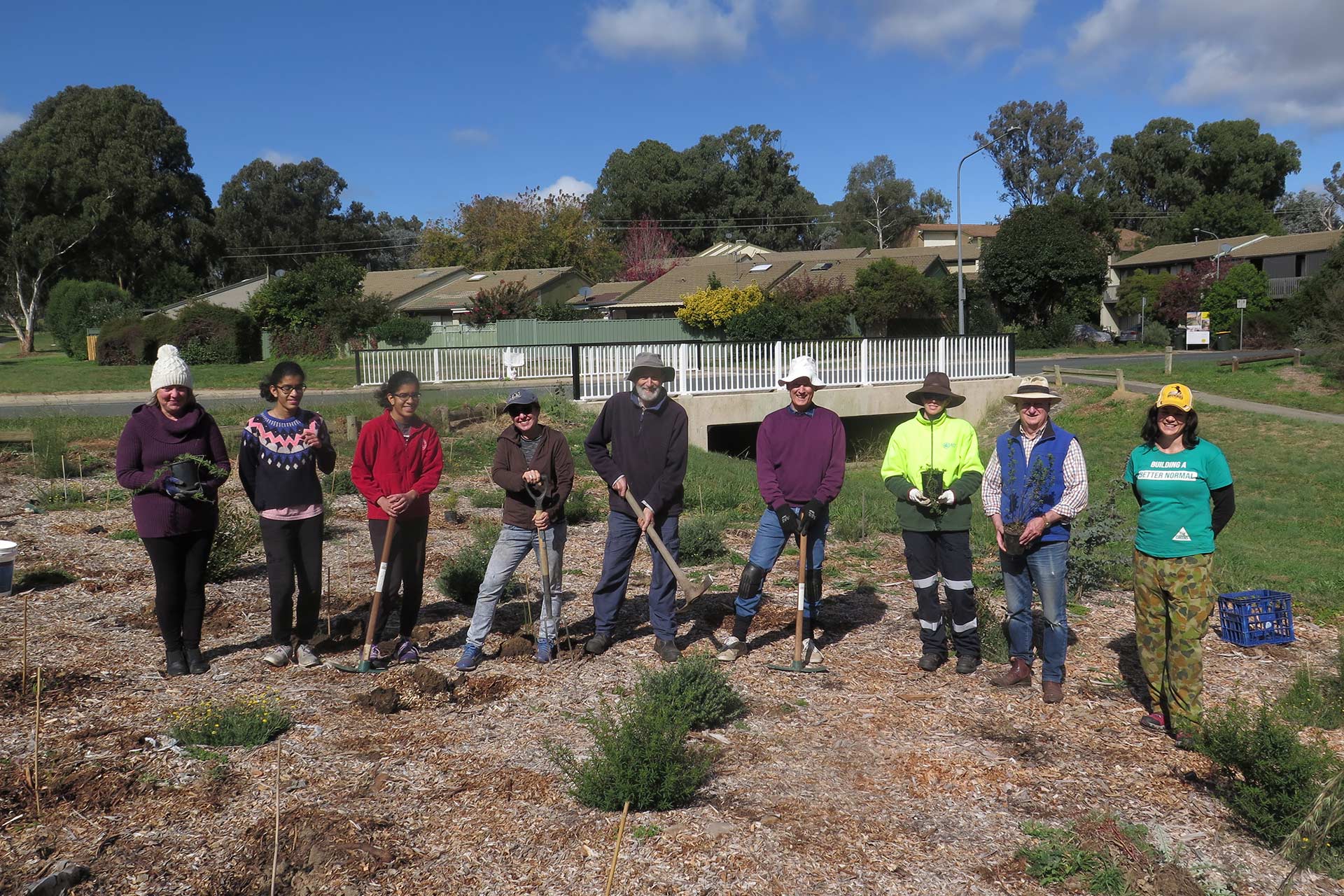
Ginninderra Catchment Group (GCG) was the first catchment group to be formed in the ACT, and was established in 1996 by community members looking to support the on-ground groups working around Ginninderra Creek. It operates predominantly in the Ginninderra Creek catchment, in the north-west of the ACT, working with over 20 on-ground Landcare and ParkCare groups in the area. It also runs its own projects and programs. Over the years, GCG volunteers have substantially revegetated the urban stretches of Ginninderra Creek, championed the restoration and protection of endangered native temperate grassland, and cemented the success of the ACT Frogwatch citizen science program.
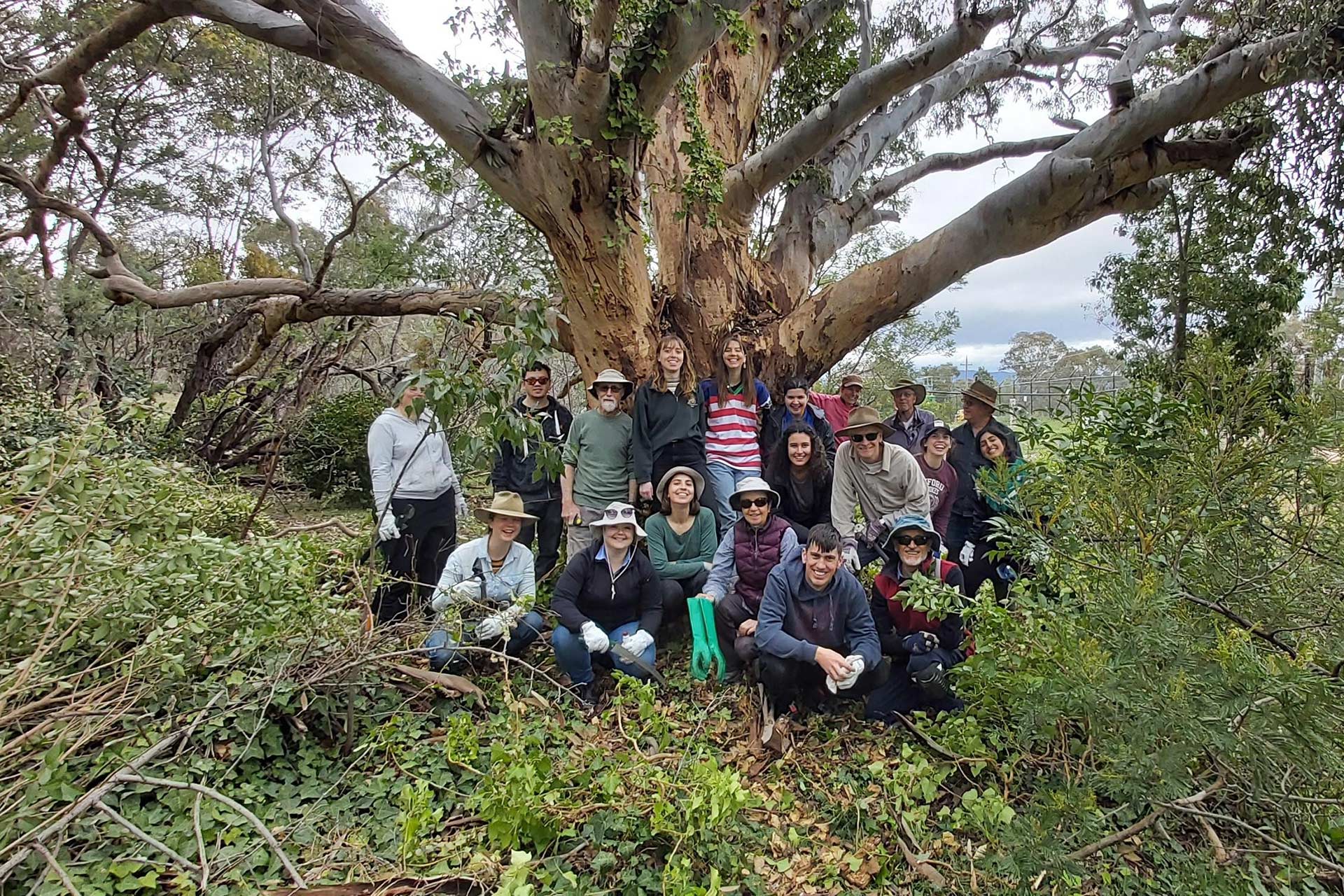
Recently, GCG’s Waterwatch Coordinator and Frogwatch Coordinator worked together to establish a new citizen science project monitoring turtles in Canberra’s urban wetlands; this is a great example of how the catchment groups are able to identify opportunities within their local community and create new projects to protect the environment.
Following the success of the GCG approach, Southern ACT Catchment Group (SACTCG) was formed in 2002 at the instigation of local ParkCare groups and the ACT Government. SACTCG works with around 30 Landcare and ParkCare groups who are members of the catchment group, helping them to plan, deliver and access funding for on-ground works.
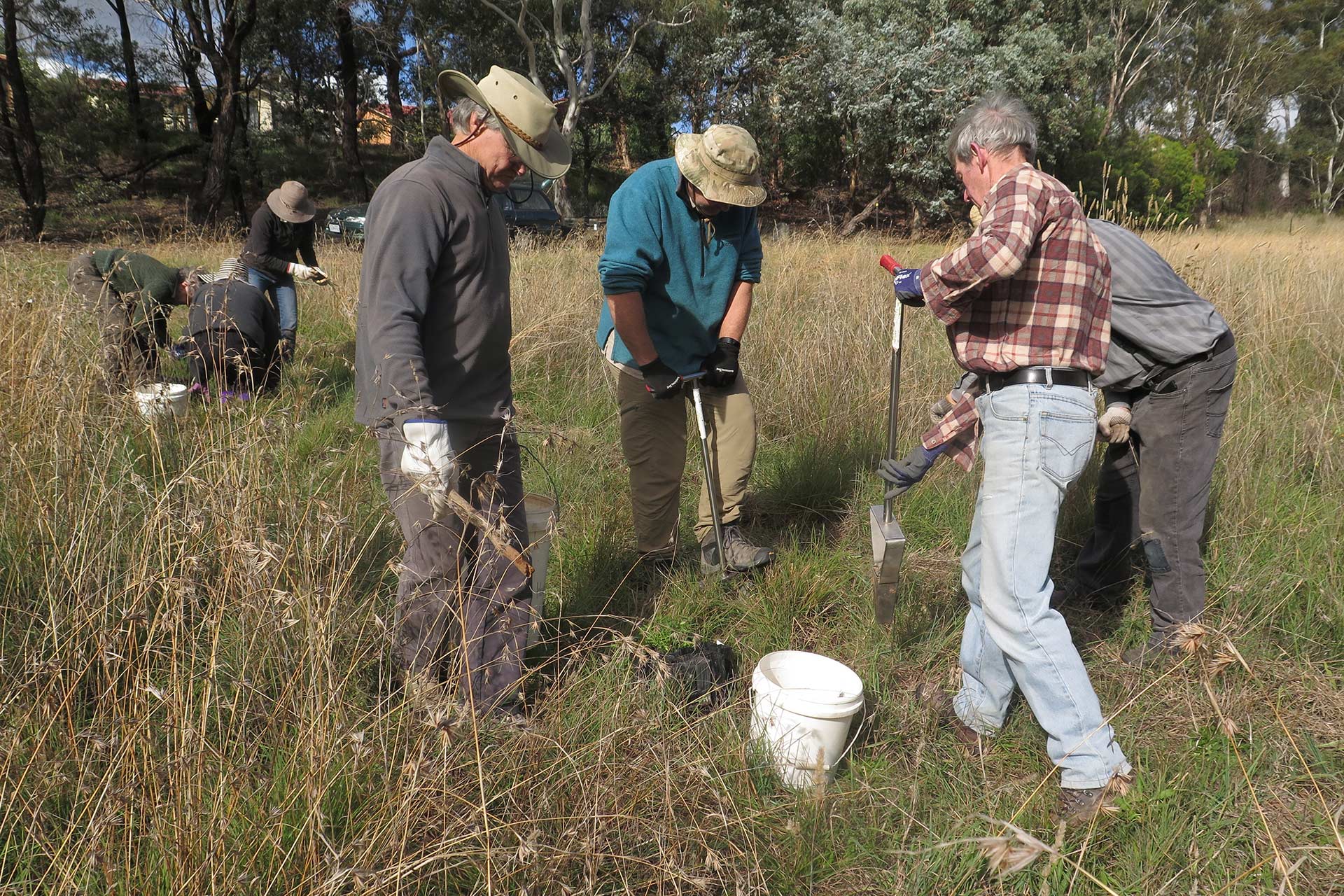
Unlike the other catchment groups, SACTCG does not work within the catchment of a river or creek but rather has a ‘social catchment’ that spans the southern suburbs of the ACT and includes farmland and national park. Recent highlights of their work with volunteers include coordinating a Landcare response to the bushfires that burned through Namadgi National Park in early 2020, and establishing a monitoring program with wildlife cameras and bat detectors which will allow volunteers a glimpse of the species which live at the sites where they work.
Over 2020-2021, SACTCG ran a program called Landcare for our Future to help under-35s get involved with local Landcare and ParkCare groups. Nine events were run at different sites to link the younger volunteers up with established groups and give them a taste of what to expect when joining a working bee. Enabling groups of young people to volunteer together with other ‘newbies’, while being guided in their work by more experienced volunteers, proved to be a great way of introducing them to the environmental volunteering opportunities on offer in the southern ACT.
Molonglo Conservation Group (formerly Molonglo Catchment Group) was formed in 2003 to support on-ground groups in the Molonglo and Queanbeyan River catchments in NSW as well as the ACT. It has traditionally focussed on landscape-level planning, working with landholders and volunteers across its region. It has recently started a new project to protect the Travelling Stock Reserve system in NSW, which will involve volunteers removing rubbish and planting on this land. It also supports the ACT Vegwatch program.

Are we making a difference?
The ACT Vegwatch Program is a community-led citizen science approach which enables volunteers measure the impacts of their work. Volunteering […]
Read moreGreening Australia Capital Region
Greening Australia is a national environmental enterprise that works to restore Australia’s ecosystems. In the ACT region, its projects include working with landholders to protect and connect remnants of endangered box-gum woodland; enhancing habitat for Glossy Black Cockatoos; and countering die-back of ribbon gums on the Monaro. It also runs a native plant nursery at its Canberra headquarters, growing plants for its own projects and those of other environment groups in the area. All these activities provide opportunities for volunteer involvement.
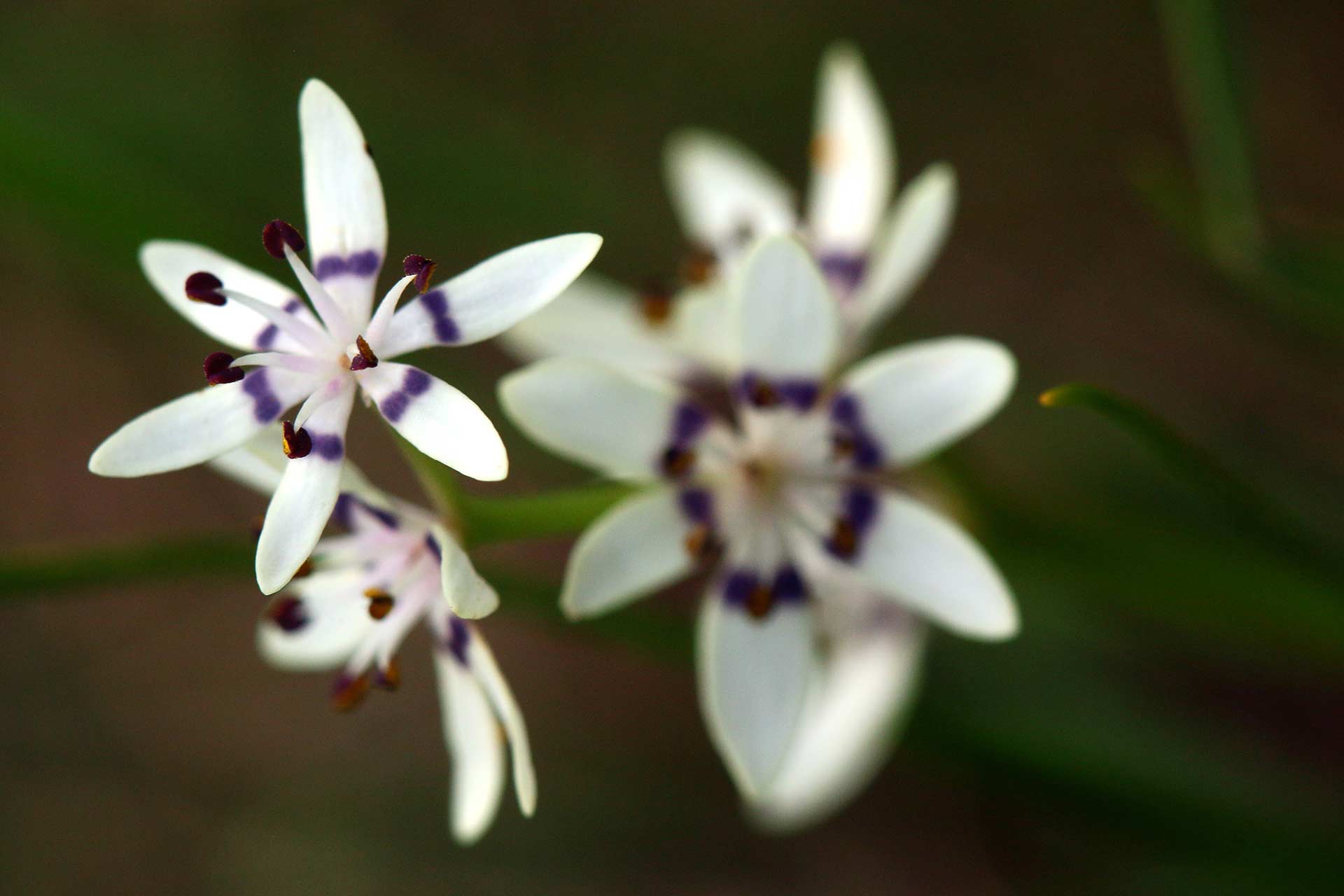
Our nursery and seed production area has an embedded volunteer program which engages over 150 individual volunteers every year, contributing an estimated 5000 hours per year. These facilities have a native seed bank in excess of 1 tonne of native seed from over 100 species and are capable of producing up to 160,000 native plants per year. They play an integral role in supplying and planting native seeds and plants for revegetation projects across ACT and NSW. This nursery and planting program has been running for over 15 years. Dementia Australia have been attending our nursery volunteer program for 6 years now. Five to eight volunteers affected by Alzheimers and Dementia assist every week. Watch this video from 2015 to find out more about this program.
Greening Australia Volunteer of the Year for 2020 was Queanbeyan man Murray Kelly, who volunteers with Greening Australia Capital Region. Murray has been part of both the Wednesday Canberra nursery volunteers and the Thursday Green Team for a decade. During COVID-19 restrictions, he was one of a few volunteering at the nursery on Tuesdays too. He is incredibly reliable, thorough, self-directed and punctual – even though it takes him a two-hour bus trip in each direction to attend. We estimate that over 10 years, Murray has contributed 3,000 hours (400 days) to the organisation, not including travel time.
Trash Gather
Trash Gather is a youth-led clean-up initiative gathering people to protect and restore the local environment. Since their humble beginnings in 2017, Trash Gather have expanded with support from hundreds of local volunteers by hosting regular rubbish clean ups across Canberra. Through practical environmental action Trash Gather educate and empower our communities to take positive action against climate change and pollution. Find out more at https://www.trashgather.org.
The National Parks Association of the ACT and Friends of Grassland are two other key environment organisations operating in the ACT region – click the links to read our profiles on these groups.

ParkCare Program (ACT Government)
The ParkCare program originally arose from the similar interests and objectives of Parks agency staff and volunteers in the ACT. A partnership between Parks staff and community volunteers officially emerged in 1989 after the ACT Government’s decision to fund an ACT ParkCare coordinator. (Excerpt from Nature on the doorstep: Social perspectives of urban nature reserves Vol.1 Ch.8)
For most of its history, ParkCare has consisted of groups working on-ground in reserves across the ACT. In 2017, the ACT Government renamed these the ‘Parkcare Patch’ groups and developed three additional streams – Visitor Assist, Wildlife Assist and Ranger Assist – within the volunteer program. Each stream has a different focus, but all centre around the management of parks and reserves in the ACT. This volunteering program is run by the Environment, Planning and Sustainable Development Directorate.
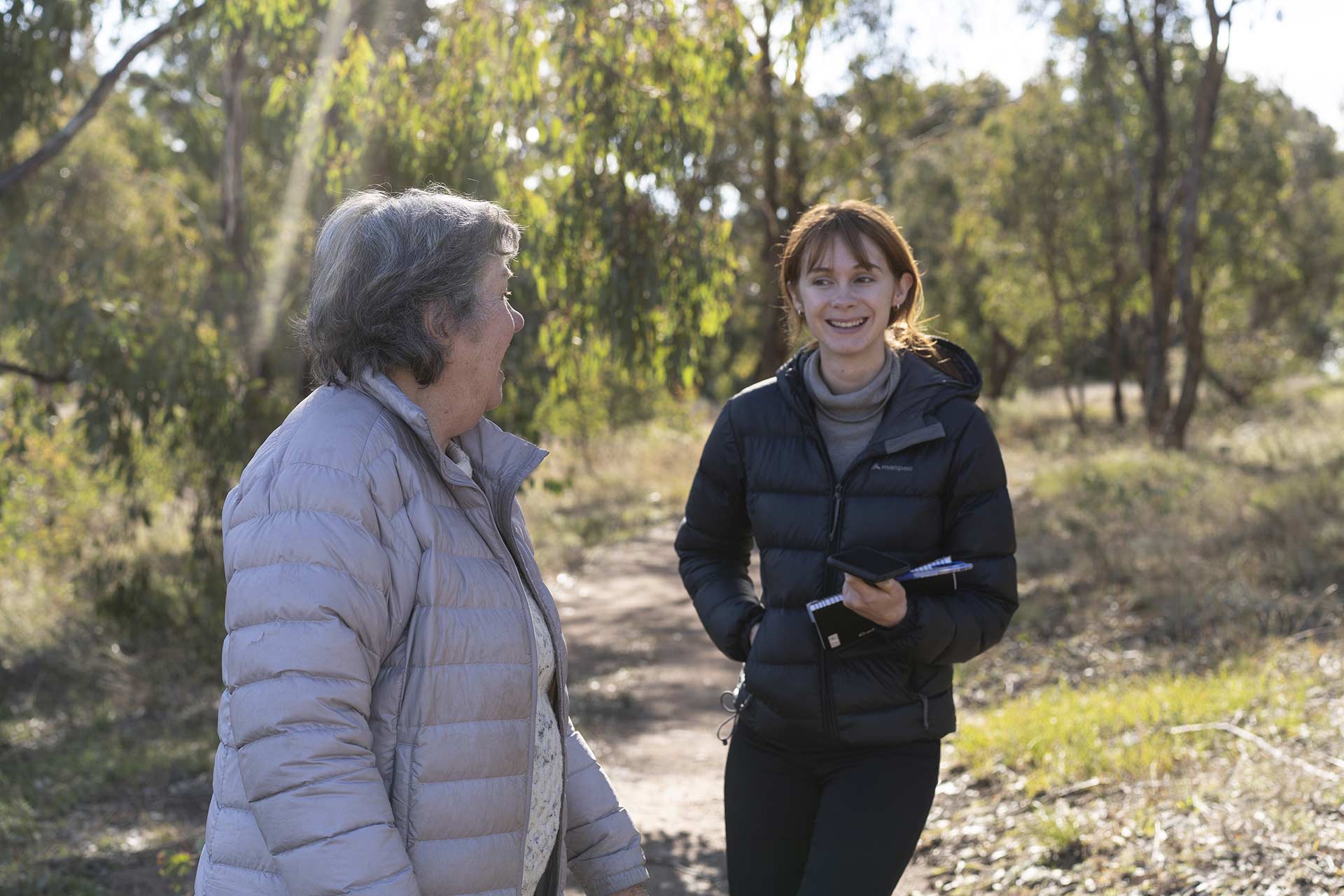
ParkCare Patch covers site-specific volunteer groups and activities; there are more than 20 of these groups in the ACT, mainly working in Canberra Nature Park. ParkCare Patch was the original ParkCare program, which began in 1989 as a partnership between volunteers and the government. ParkCare Patch groups contribute to the management of reserves, lands and waters within their chosen ‘patch’. A number of volunteers involved in this program have been active for 20-30 years and have a wealth of local knowledge. Many of the ParkCare Patch groups offer a broad range of opportunities for volunteers in a wide variety of settings across the ACT. They continue to form the backbone of the Parkcare program, and work in partnership with many other organisations beyond the ACT Government. Visit the Stories section for more detail about some of these groups and volunteers.

Changing what you understand about a tree
A conversation with Wendy Rainbird – thirty years of environmental stewardship. Volunteer with: Farrer Ridge ParkCare Group, Waterwatch, International Council […]
Read more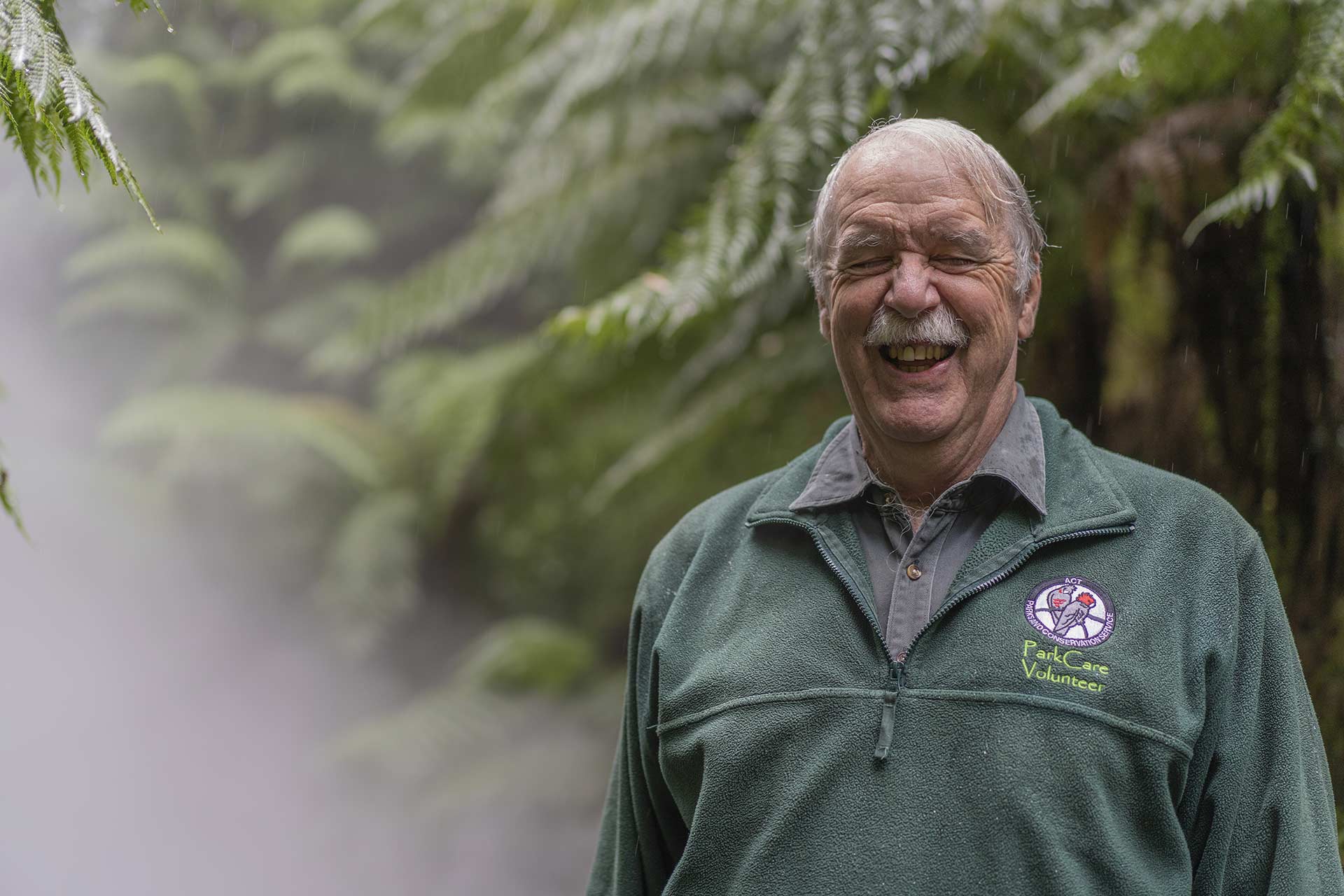
Visitor Assist runs at both Tidbinbilla Nature Reserve and Namadgi National Park, where volunteers are on hand to share their knowledge about the environment with visitors. Volunteers engaged in Visitor Assist activities are provided with training to help visitors to learn more about ACT Parks. These volunteers engage and educate visitors on different plants, wildlife, landscapes and the history of Tidbinbilla and Namadgi.

Environmental education and enthusiasm!
OCSE talks ice cream, children’s parties and smelling koalas with Tony Cory. Volunteer with: ParkCare Visitor Assist, Waterwatch ‘How do […]
Read moreWildlife Assist runs out of Tidbinbilla Nature Reserve. Volunteers assist the Threatened Species Breeding Program team with caring for wildlife at the reserve. Tasks involve food preparation for the animals in breeding programs, such as the endangered brush-tailed rock-wallaby. Wildlife Assist volunteers also help with fauna surveys.
The Ranger Assist program allows volunteers to work alongside ACT Parks and Conservation rangers. Volunteers develop on-the-ground land management skills and accompany the rangers through a diverse range of tasks. Activities might include heritage work and restoration, weeding, fence building or track building.

How to not paint your house
Ken Horsfall and Mike Sim talk to OCSE about keeping busy in retirement. Volunteers with: Isaacs Ridge Mount Mugga MuggaParkCare […]
Read moreUrban Landcare/Parks and Places Volunteering (ACT Government)
This volunteering program is run by Transport Canberra and City Services Directorate. Volunteers work on open spaces within Canberra which are not part of the ACT’s reserve network (see ParkCare above for volunteers who look after the reserves). This includes parks, playgrounds, and stormwater wetlands, lakes and creeks. There are over 50 of these groups working on pockets of land across the city. They are a great way for local communities to come together with a shared purpose to look after their local area.
Urban volunteers do similar types of work to ParkCare Patch groups, and like them also work with other non-government organisations, particularly the catchment groups (see below/link). Visit the Stories section for more detail about some of these groups and volunteers.


How to start your own volunteer group
One Sunday a month, volunteers get together at Holder Wetlands to remove invasive species, plant natives and improve the environment. […]
Read more
